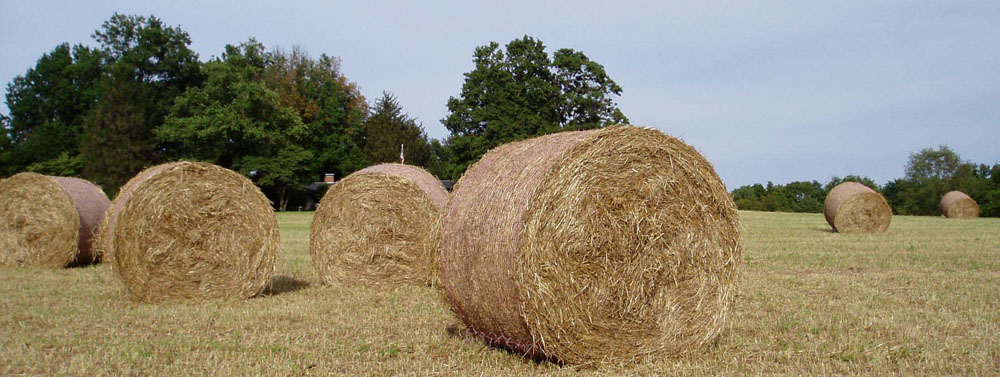Full Circle Waste to Revenue – RNG Story
[Note: this post was originally posted on 1/1/24, but the site was updated later and the dates got changed.]
Every new day, week, month, or year, is full of potential, and for me, hope. A few weeks ago, Renewable Natural Gas (RNG) was in the news for becoming integrated into the Renewable Fuels Standards (RFS). This is a new level of marketability for biogenic natural gas. Biogenic natural gas comes from ambient atmospheric conditions rather than being derived from ancient fossil sources. And when biogenic methane is burned, it reverts back to CO2 and Water. This ability to unwind Greenhouse Gas (GHG) impacts and do it cost effectively, is transformative.
In the 1970’s the suite of laws that were strengthened to protect the environment (Clean Air Act, Clean Water Act, and the Resource Conservation and Recovery act (solid waste)), created strong channels for protecting (mostly humans) from their own waste. The most immediate impact was higher costs. All wastes became economic externalities, or costs that occurred for factors that were immediately outside the functioning economy. For the last 50 years, the US has been working to integrate these external costs back into the economy. This means they become economic assets, not liabilities.
Once the bar was set with the 1970’s environmental statutes and subsequent regulations, the markets went to work. The quest was on to find technologies that could transform waste liabilities into energy or environmental assets. Two areas where technologies advanced were capturing waste methane (CH4) from landfills and from anaerobic livestock waste lagoons. In the 70’s and 80’s when these technologies were approved for solid waste and clean water regulatory compliance, the air quality issues (CH4 emissions) were not given much weight. In the 1990’s, the GHG conversation suddenly drew attention to this unfortunate consequence.
The first wave of CH4 conversion technologies focused on lowering CH4 emissions, providing waste heat, and eventually electricity. Millions of dollars and hundreds of commercial experiments that both did and did not work were invested. Methane technologies were classified as risky investments. It was a frontier of unique and independent experimentation.
The next wave of this transformation, was the development of compressed natural gas from biogenic natural gas into RNG. This created in one sense a renewable transportation fuel. This was a much more lucrative return on transforming waste methane into a resource.
The incorporation of RNG into the RFS is more of a codification that biogenic methane has a premium over fossil natural gas. It is true that nearly all of the landfill gas and livestock manure projects are heavily subsidized. In the short run, 1 to 10 years, this is easy to see as a poor investment in our economic infrastructure. But 50 years ago, unregulated wastes were not working so that bar was raised. That became the new model. If the last 30 years of biogenic methane are the cost of building a new infrastructure that is economy growing, then it has simply had a long run payback. Emissions of the 1960’s with rivers on fire, were not working. Pulling biogenic methane out of the atmosphere is a game changer. It will pull the costly externalities back into the productive economy. This is still 10 to 20 years out, but the regulatory codification of RNG as a renewable fuel is a very positive benchmark from which to hope in 2024.



Comments
Full Circle Waste to Revenue – RNG Story — No Comments
HTML tags allowed in your comment: <a href="" title=""> <abbr title=""> <acronym title=""> <b> <blockquote cite=""> <cite> <code> <del datetime=""> <em> <i> <q cite=""> <s> <strike> <strong>